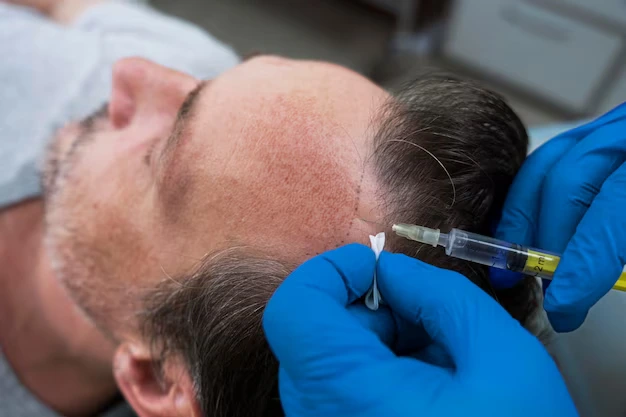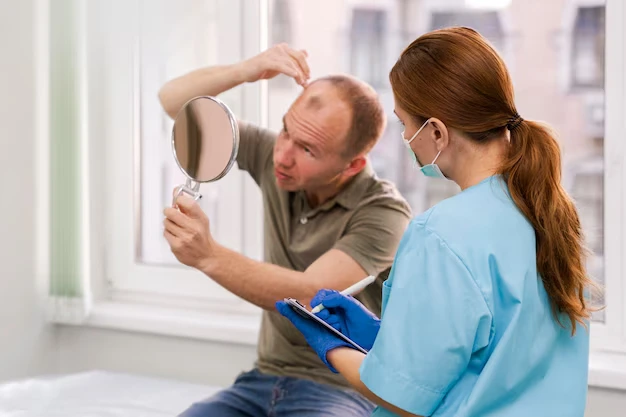- HOME
- ABOUT
- SKIN
- BODY
- FACE
- EQUIPMENT
- POST PROCEDURE
- CONTACT US
- IPAL ACADEMY
- IPAL SMILE STUDIO
- HOME
- ABOUT
- SKIN
- BODY
- FACE
- EQUIPMENT
- POST PROCEDURE
- CONTACT US
- IPAL ACADEMY
- IPAL SMILE STUDIO
Hair Transplant in Islamabad – Restore Your Confidence and Natural Hair
Hair loss affects more than just your appearance—it can impact your confidence, self-esteem, and overall sense of self. At IPAL Clinic, we provide the most advanced hair transplant in Islamabad, offering permanent solutions for men and women seeking natural, long-lasting results. Our goal is to help you regain not only your hair but also your confidence, with treatments tailored to your unique needs.
Why Choose IPAL for Hair Transplant in Islamabad?
A hair transplant is the most reliable solution for thinning hair, receding hairlines, or bald spots. At IPAL Clinic, healthy hair follicles are carefully extracted from donor areas—typically the back or sides of the scalp—and implanted into areas experiencing hair loss. These transplanted follicles grow naturally, creating a permanent and realistic result.

Benefits of Choosing the Best Hair Transplant in Islamabad - IPAL
- Permanent and natural-looking results: Your transplanted hair grows just like your original hair.
- Minimally invasive and comfortable procedures: Modern techniques ensure reduced discomfort and downtime.
- Custom hairline design: Tailored to your facial features for a balanced and youthful look.
- No visible scarring: Advanced methods create discreet results.
- Expert care and modern technology: Our team of highly trained dermatologists uses state-of-the-art equipment for precision and safety.

Who is an Ideal Candidate for Hair Transplant?
Hair transplantation is suitable for:
- Men and women experiencing male or female pattern baldness (Androgenetic Alopecia)
- Individuals with thinning hair or receding hairlines
- Patients with hair loss due to burns, surgical scars, or injuries
- Anyone with sufficient donor hair at the back or sides of the head
Personalized Procedure of Hair Transplant in Islamabad
Rehabilitation & Care Following Procedure
A few days may bring mild redness and edema.
Little downtime, no scars or sutures.
New hair begins to develop three to four months; full effects are shown nine to twelve months.
To guarantee ideal hair development, our staff offers thorough aftercare advice.
Our seamless, relaxing experience at IPAL guarantees the greatest hair restoration outcomes in Islamabad.
IPAL's Hair Transplant Techniques: Types
(1) FUE: follicular unit extraction
Minimally invasive & scar-free; Individual hair follicles are harvested and implanted; Best for people who want a natural appearance with little recovery time.
FUT, or follicular unit transplantation,
A strip of scalp containing hair follicles is excised and implanted; ideal for great coverage of hair loss; several grafts may be transferred in one session.
DHI—Direct Hair Implantation
No sutures or cuts needed; Hair follicles are straightly inserted using a specialist instrument; Perfect placement, maximum density, and natural hair direction
Based on your hair loss pattern and objectives, our knowledgeable IPAL dermatologists will advise the appropriate approach.
Advantues of an IPAL hair transplant
Permanent Hair Growth: Transplanted hair keeps growing for lifetime.
- Perfect Natural Appearance: Your hairline and density seem natural without any synthetic impression.
- Confidence Restoring hair enhances looks and self-esteem.
- Low Maintenance: Transplanted hair may be styled, trimmed, and washed just as naturally occurring.
- One-Time Investment: A hair transplant yields lifetime results unlike transient fixes.
With modern procedures, IPAL’s Hair Transplant in Islamabad provides outstanding outcomes if you’re seeking a permanent fix for hair loss.

